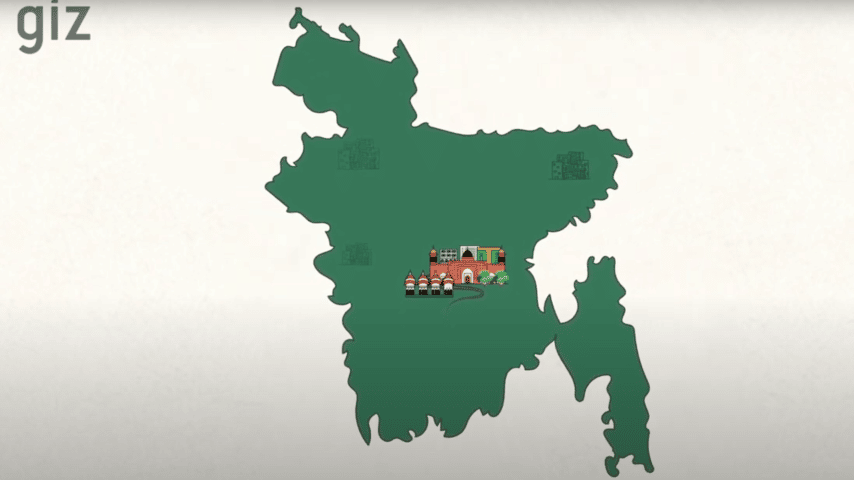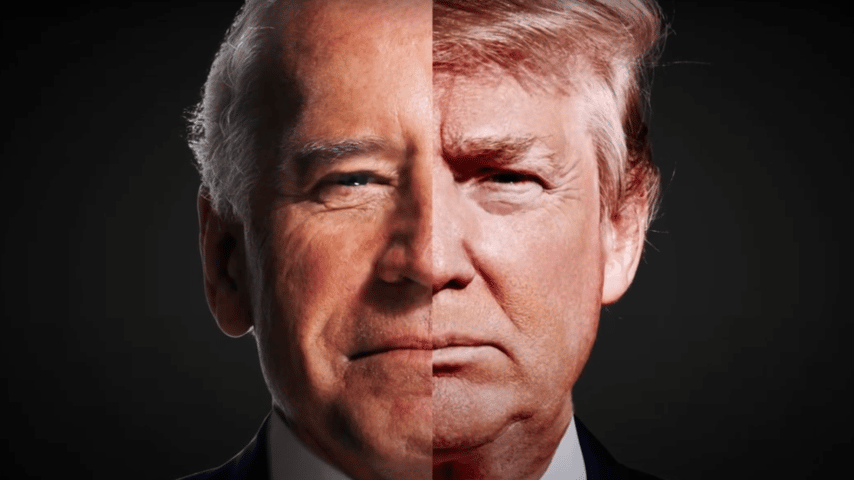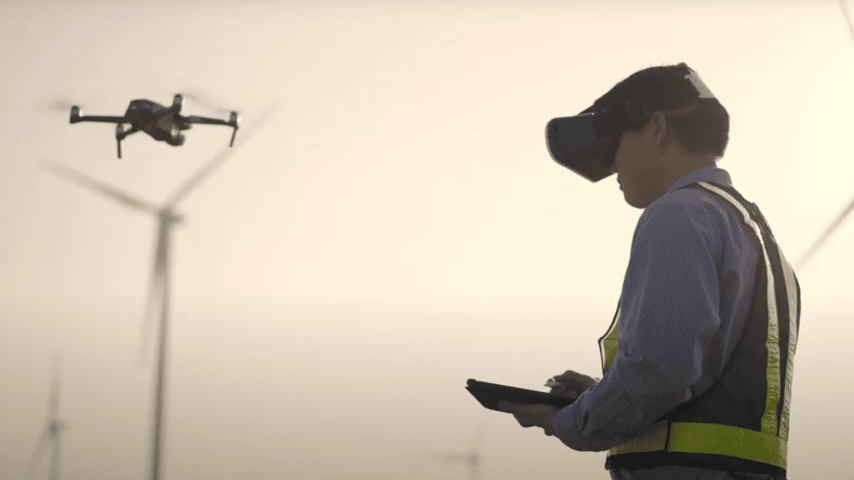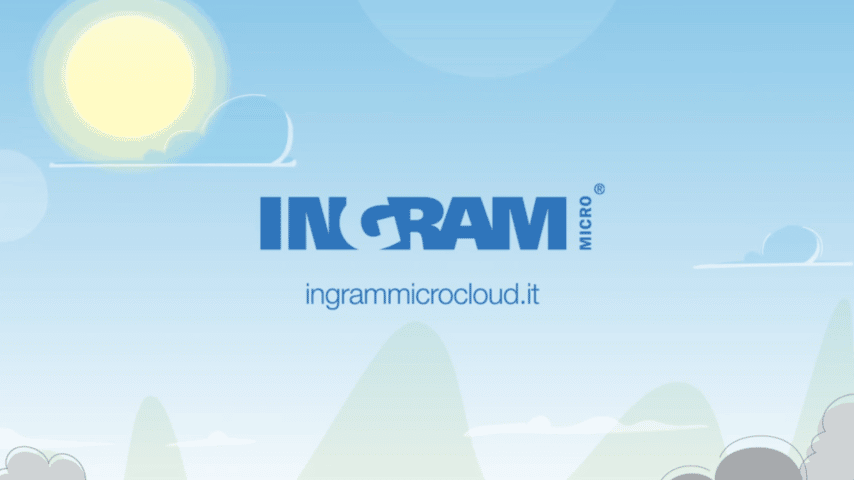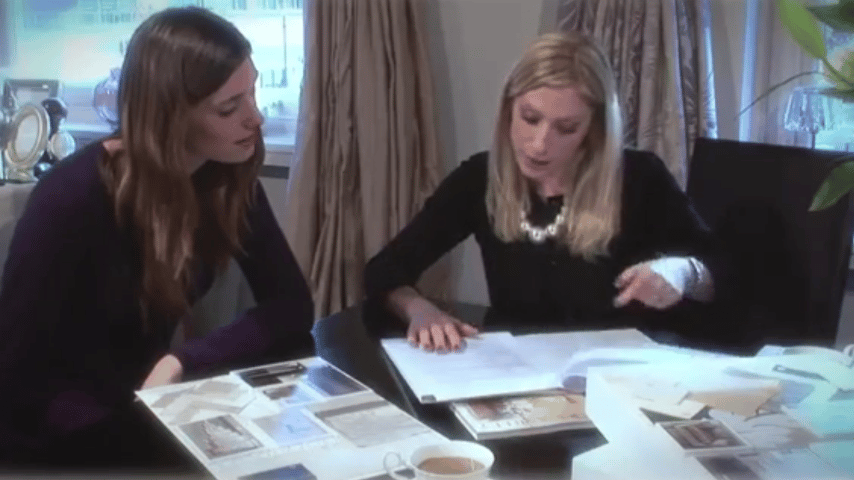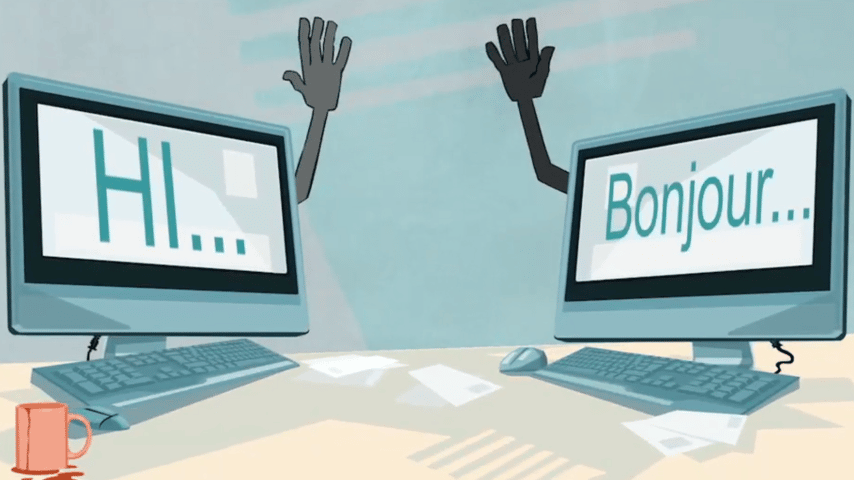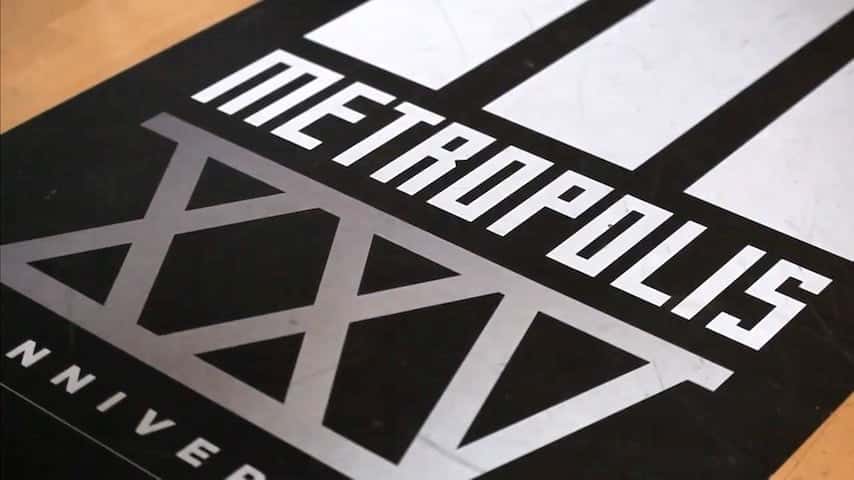What Kind of Japanese Voice Over Are You Looking For?
Expanding your content to include Japanese voice overs allows you to engage with a culturally rich and tech-savvy audience. Japanese, with approximately 128 million native speakers, is the ninth most spoken language in the world. It is predominantly spoken in Japan, but there are significant Japanese-speaking communities in Brazil, the United States, and the Philippines. Including a Japanese voice-over in your campaign can be a pivotal step towards achieving your business goals and reaching new markets.
When incorporating a Japanese voice-over into your campaigns, several important factors extend beyond the language itself. First, it is crucial to understand the significance of Japanese localization for audiences who may not speak other languages. Second, you need to select the appropriate variety of Japanese for your voice-over, and third, linguistic variations come with cultural differences that should be addressed to create authentic connections.
Creating content in your audience’s language ensures they can understand your message and generates a sense of empathy. Audiences accessing content in their own language often feel a sense of belonging and equality, leading to a stronger bond with the brand and potentially increasing sales. This bond is strengthened when the content is not only in the correct language but also in the right dialect, matching the cultural context of the target audience.
For instance, within Japan, there are several regional dialects, such as Kansai-ben and Tohoku-ben, which have distinct accents and expressions, and are even considered distinct languages by some linguists. Using the appropriate dialect can enhance the emotional connection with the audience. By adapting your content to align with regional linguistic and cultural nuances, you can address your audience’s specific needs and interests directly. However, for broader reach and impact, the Japanese variety from Tokyo remains the primary choice.
Learn more about Japanese Voice Over Services
The Importance of Japanese Voice Over in Cartoons and Animated Productions
Character Authenticity: In animated productions, voice over artists breathe life into characters. Japanese voice over ensures that characters sound authentic to the native audience, capturing their personalities, emotions, and cultural nuances. This is essential in maintaining the integrity and appeal of the characters.
Cultural Relevance: Japanese animated productions often reflect intricate cultural contexts. A Japanese voice over artist who understands these nuances can deliver lines in a way that feels natural and culturally relevant. This helps in creating a more immersive and relatable experience for the audience.
Audience Engagement: When Japanese-speaking audiences hear their language in animated productions, it enhances their engagement. They can relate to the characters and story more deeply, leading to a more enjoyable viewing experience. This connection can be crucial in the success of an animated series or film.
Subtle Nuances: Japanese, like many languages, has subtle nuances and expressions that may not have direct translations. A skilled voice over artist can navigate these nuances, ensuring the dialogue sounds fluid and natural, preserving the original intent and humor of the script.
Create Voice Overs in Japanese to Reach Bigger Audiences

In conclusion, leveraging Japanese voice over for cartoons and animated productions not only ensures linguistic accuracy but also enhances cultural authenticity and audience engagement. Whether it’s for a TV series, animated film, or any other animated content, using the right voice over can significantly impact the success and reach of your production.
How does GoLocalise work?
Understanding your project’s needs
GoLocalise is composed by a team of experienced professionals who work hand in hand with the best translation and production companies to provide you with top-quality services. The first step is to understand the technical aspects of your project to understand what we need to do to guarantee your necessities are met. We will ask a set of questions to determine your target audience, the type of content you want us to work with and the impact you want to achieve.
Selecting the ideal voice-over artists for your project
We want you to find the perfect voice-over artist for your project. For this, we will search for the ideal candidate within or outside our artist portfolio. Whether you are looking for an engaging, expressive, or commercial voice, we’ve got you covered!
Assigning a multilingual project manager
We will assign an exclusive project manager to serve as your only point of contact to guide you along the process, answer all questions you may have and make every stage easier. This project manager will:
- Explain all the steps involved in the process to make it easy to understand and help you determine what exactly are the services you need to ensure you stay within your budget.
- Help in selecting the ideal voice-over artist to transmit your ideas.
- Guarantee all the steps in the process are well-organized and that all deadlines are met. After choosing your ideal artist, you can relax and let your experienced project manager take care of the rest until the process is finished.
Record voice-over audio in our modern studios
All details in the process have been carefully designed to enable you to focus on the core of the service: the voice-over recording session. Your recordings will sound beautifully neat thanks to our audio equipment and our top-quality acoustic studios, using Pro Tools HD and Neumann microphones. Our sound engineers will then adjust the recorded audio to make it sharp and clean, ensuring you don’t need to repeat any recording, and thus, make the most out of your budget. In the case of those languages neither you nor your client speaks, we offer professional linguistic help to make sure everything is clear in all languages you are translating your content into.
Finding professional voice actors for your projects
Our Latest Voice Over Case Studies
What our happy customers say
Josie Gallo
Content Co-ordinator at Medical Aid Films
Adam Ruddick
Head of Production at Casual Films

Lucas Cole
Sales and Marketing Director at Epipheo
Thomas Kennedy
Designer at Atlas Knowledge

Nicola
English UK Voice Over Talent
Stefanie Smith
Producer at Education First
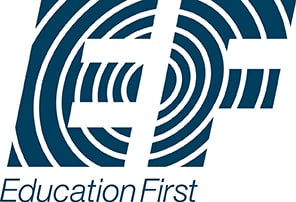
Frequently Asked Questions
At GoLocalise, our Japanese voice over agency offers a wide range of services, including commercials, narration, IVR, and more. Our diverse talent pool ensures the perfect artist for your project.
Absolutely! GoLocalise goes beyond just voice overs. We provide comprehensive services, including translations, dubbing, and subtitles, ensuring effective adaptation for the Japanese market.
Our expert team meticulously matches your project requirements with our extensive database of Japanese voice talents. We consider factors such as gender, age, and accent to ensure a perfect fit.
What distinguishes GoLocalise is our focus on cultural accuracy and linguistic nuances. We guarantee authentic Japanese voice overs that deeply resonate with your target audience.
Starting with GoLocalise’s Japanese voice over services is straightforward. Simply reach out to us with your project details, and our team will guide you through the process, offering expert advice and unwavering support every step of the way.
Japanese voice artists can be hired through the many voice over agencies in the world. At GoLocalise, you can browse or directory to find the actor that best suits your project’s needs. Be it a commercial voice over, character dubbing or audiobook narrations, all are available at GoLocalise.
Because of the great amounts of Japanese audiovisual productions and the importation of foreign material into Japan, the voice acting industry in this country is continuously growing. Hire Japanese voice over services to succeed in entering this huge audiovisual market.

